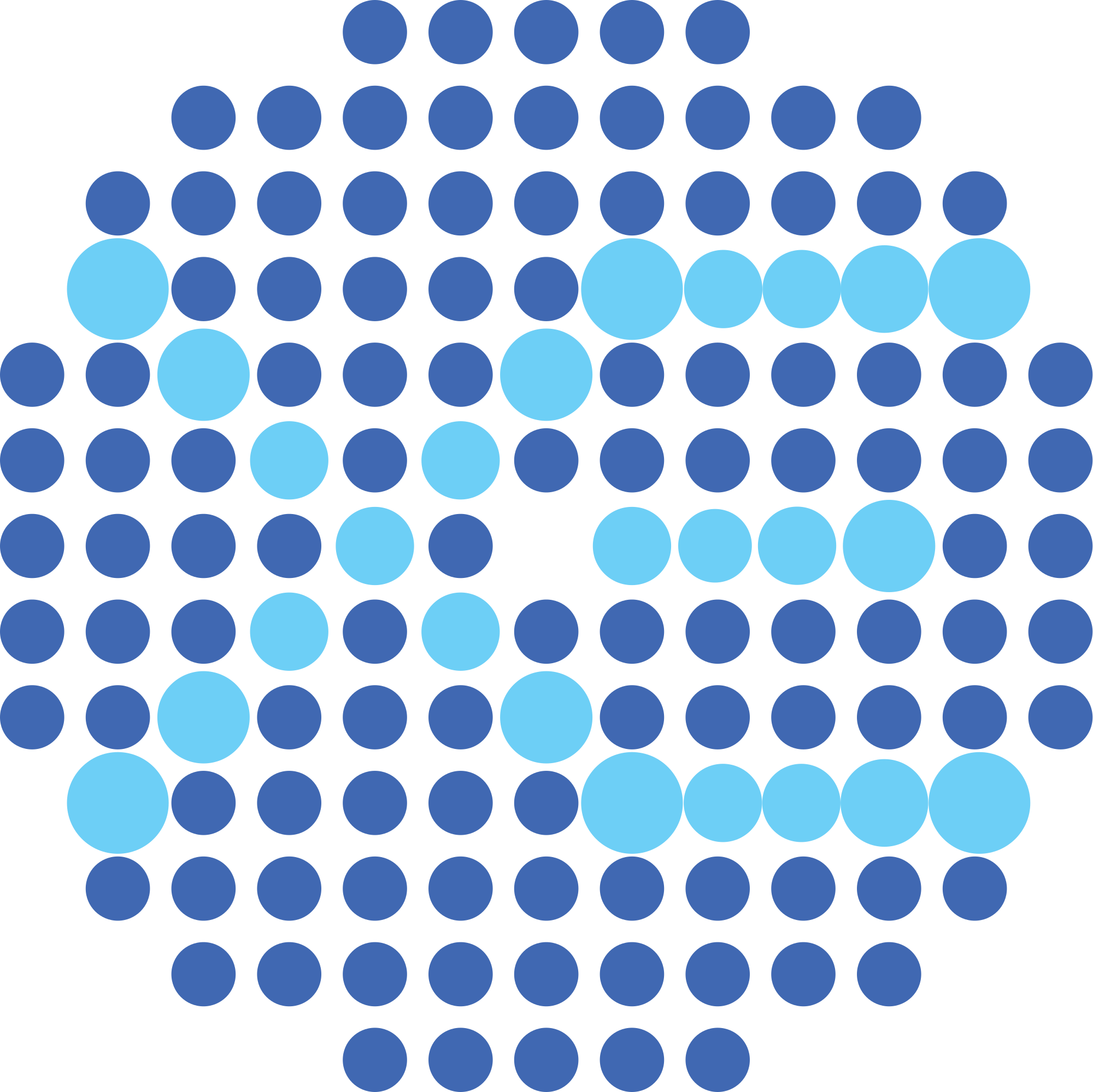The XENONnT dual-phase xenon TPC requires two regions with different electric fields to drift, extract, and accelerate the small number of ionization electrons that are created by a possible dark matter interaction with xenon nuclei. These fields will be created with a total of five electrodes that are biased at constant electric potentials from top to the bottom of the TPC. The challenges to build these large electrodes with almost 1.5 meters in diameter with very thin wires include stringent requirements on their optical transparency, wire sagging, field uniformity and high voltage stability.
 Such a challenging project is carried out by a collaborative effort of many expertises within the XENON collaboration. The design and production of the electrodes are led by Dr. Carla Macolino and realized by researchers from the Laboratoire de l’Accélérateur Linéaire, Rice University, University of California San Diego, and University of Coimbra, accompanied by further technical design and electric field simulation support from University of Chicago and Freiburg University. A special instrument was designed and built by the University of Münster to measure the tension of every individual wire. Finally, strict cleaning requirement is satisfied from the expertise at MPI for Nuclear Physics and technical support from Nikhef.
Such a challenging project is carried out by a collaborative effort of many expertises within the XENON collaboration. The design and production of the electrodes are led by Dr. Carla Macolino and realized by researchers from the Laboratoire de l’Accélérateur Linéaire, Rice University, University of California San Diego, and University of Coimbra, accompanied by further technical design and electric field simulation support from University of Chicago and Freiburg University. A special instrument was designed and built by the University of Münster to measure the tension of every individual wire. Finally, strict cleaning requirement is satisfied from the expertise at MPI for Nuclear Physics and technical support from Nikhef.
 Shown are the actual XENONnT electrodes during construction and quality control in above-ground clean room laboratories.
Shown are the actual XENONnT electrodes during construction and quality control in above-ground clean room laboratories.
